
Ancient Warning Emerges On Hawaiian Shore Days Before Massive Earthquake
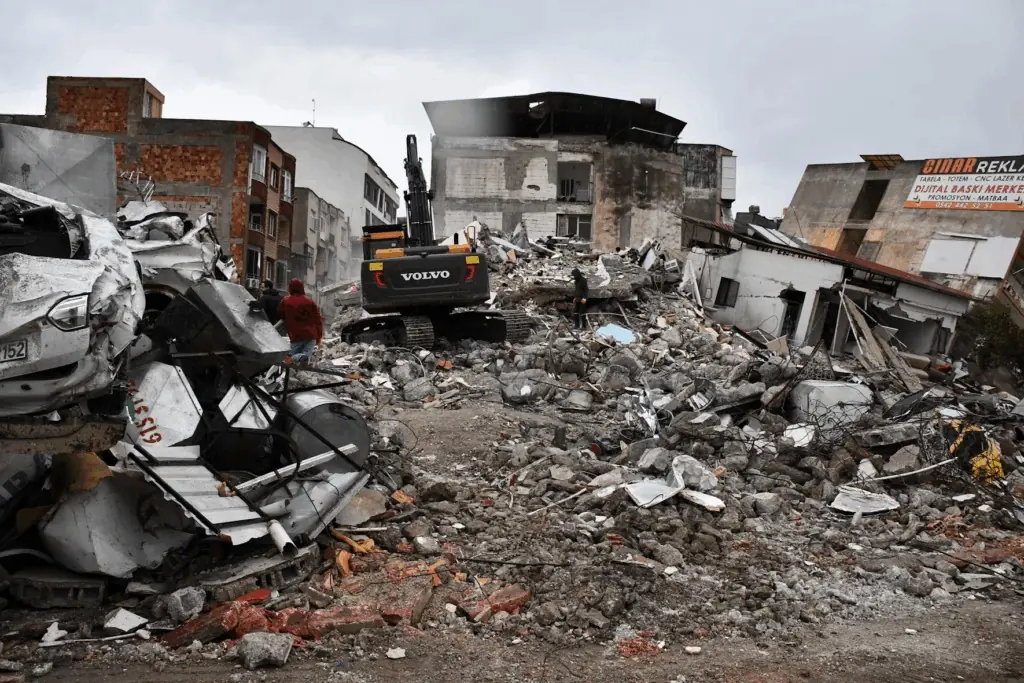
After a decade, mysterious markings carved into Hawaii’s coastline have reappeared, potentially carrying a 1,000-year-old warning.
Around July 23, the tide receded along the shoreline of Pōkaʻī Bay in Waianae, uncovering 26 petroglyphs dating back to between 1000 and 1400 AD.
US archaeologists suggest that these petroglyphs, mainly depicting stick figures resembling humans, may have been created to record historical or spiritual events. However, their exact meaning remains unclear, as no written context is available.
Native Hawaiians, on the other hand, interpret these symbols as an ancestral warning regarding environmental changes, especially those linked to climate change-related disasters.
Glen Kila, a Native Hawaiian cultural practitioner, stated, “It’s telling the community that the ocean is rising.”
On Tuesday, a powerful 8.8-magnitude earthquake struck Russia’s coast, triggering further tsunami warnings. Hours later, the largest volcano in the region erupted.
This earthquake, the largest to hit Russia’s Kamchatka area since 1952, was also the sixth most powerful in recorded history. By Wednesday morning, tsunami waves had reached the coasts of northern California and Washington, with the biggest wave measuring 3.6 feet — the highest ever recorded along the US West Coast.
The full set of 26 petroglyphs has not been seen on Oahu since 2016. Seasonal surf swells often cover the panel with sand, only exposing parts of the ancient carvings between May and November. However, shifting ocean waves have recently revealed the entire set for the first time in a decade.
Kila believes that these petroglyphs were likely created by an early Polynesian community in Waianae more than a thousand years ago.
Laura Gilda, an archaeologist with the US Army Garrison Hawaii, offers a more conservative estimate of approximately 600 years.
At low tide, beachgoers could easily spot the massive symbols as green algae on the sandstone boulder was washed away by gentle waves.
Of the 26 petroglyphs, 18 appear to be anthropomorphic stick figures — simple depictions of human-like shapes with lines representing bodies, limbs, and heads.
It remains uncertain whether the genitalia shown are male or female, but it’s believed that eight of the figures represent male genitalia.
Kila believes the panel might be telling a religious or ceremonial story, noting that the largest petroglyph, with one hand pointing down and the other with fingers raised, could symbolize the rising and setting of the sun according to Native Hawaiian teachings.
He had previously described the figure as potentially representing Maui, the demigod in Hawaiian mythology, known for his great strength and size. According to one legend, Maui used his fishhook to pull the Hawaiian islands from the sea, and in another, he captured the sun.
Kila suggested that, much like the rising sun, the raised hand’s fingers seem to point east.
“It’s a religious symbol, similar to how Christianity uses the cross or other symbols,” Kila added.
Although there seems to be no direct link between the recent megaquakes and the petroglyphs, Native Hawaiians view the resurgence of the symbols as a potential sign that more natural disasters are on the horizon.
A tsunami warning was issued on Wednesday morning for Oahu and Hawaii’s Big Island, but evacuation orders were quickly lifted.
Due to wave surges and potential flooding, the Hawaii Emergency Management Agency advised people to stay at least 100 feet away from inland waterways or marinas connected to the ocean.
The agency also recommended that vessels be moved to deep water if possible.
News in the same category


Trump slams Nobel Prize-winning economist as ‘deranged bum’ after brutal takedown of his tariff plan
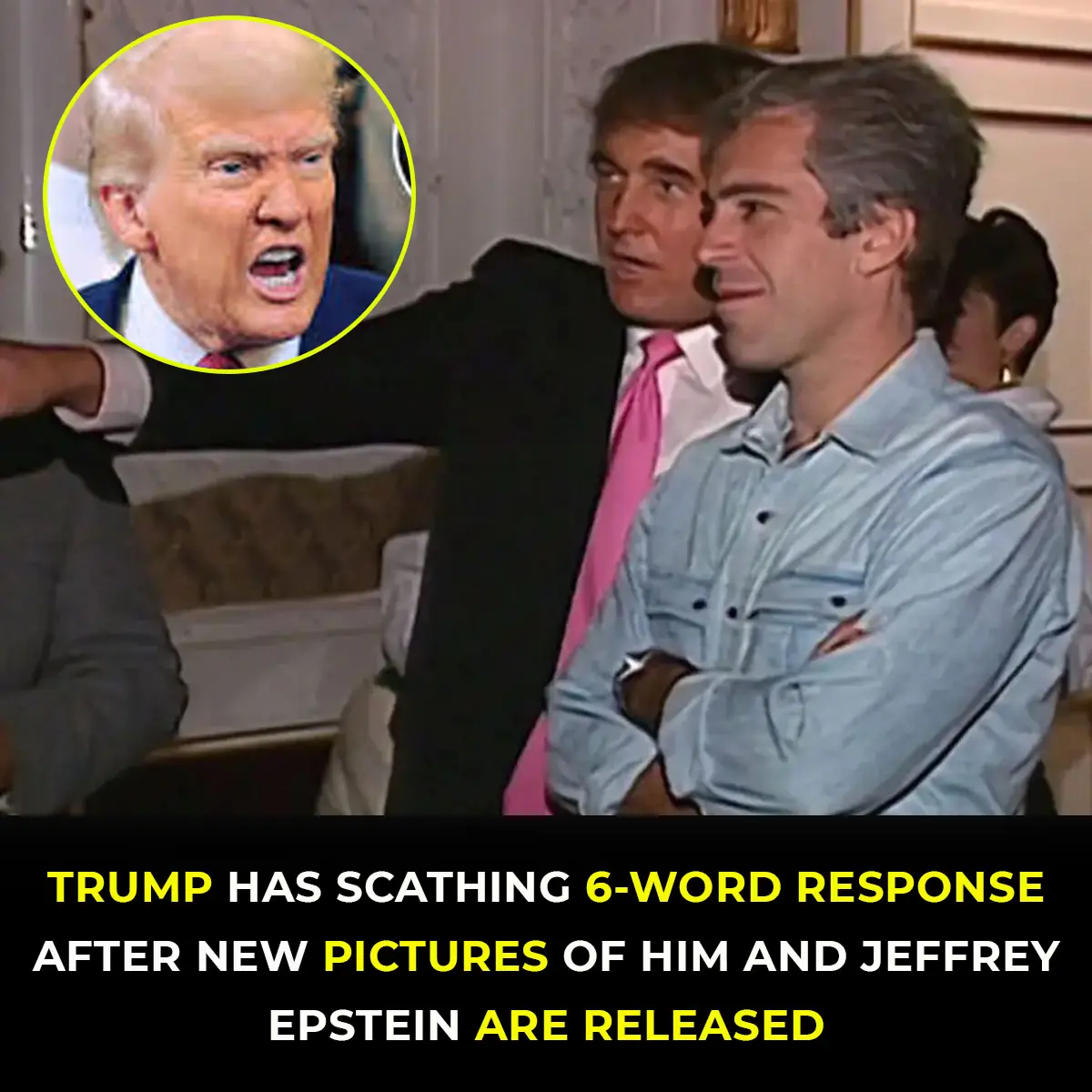
Trump fires back with blunt 6-word statement after Epstein photos resurface

Bizarre reason ChatGPT will always refuse this one simple request

Elvis Presley’s Private Flight From 1962 Has Finally Been Sold – The Interior Is Amazing

Why McDonald’s Removed The Clown From The Company Image

Woman buys apartment only to find someone else is already leasing it after receiving strange email

Woman who survived deadly plane crash alleges 'real reason' 151 people died

Man convinces ChatGPT that 'God exists' in captivating conversation with the chatbot

People captivated by footage of fighter aircraft ‘activating its cloaking device’

Experts Say Cavities Literally Cause Heart Disease And Can Also Lead to Death

Amazon's forgotten $500,000,000 deal that 'killed' Toys 'R' Us in 'cruel' move
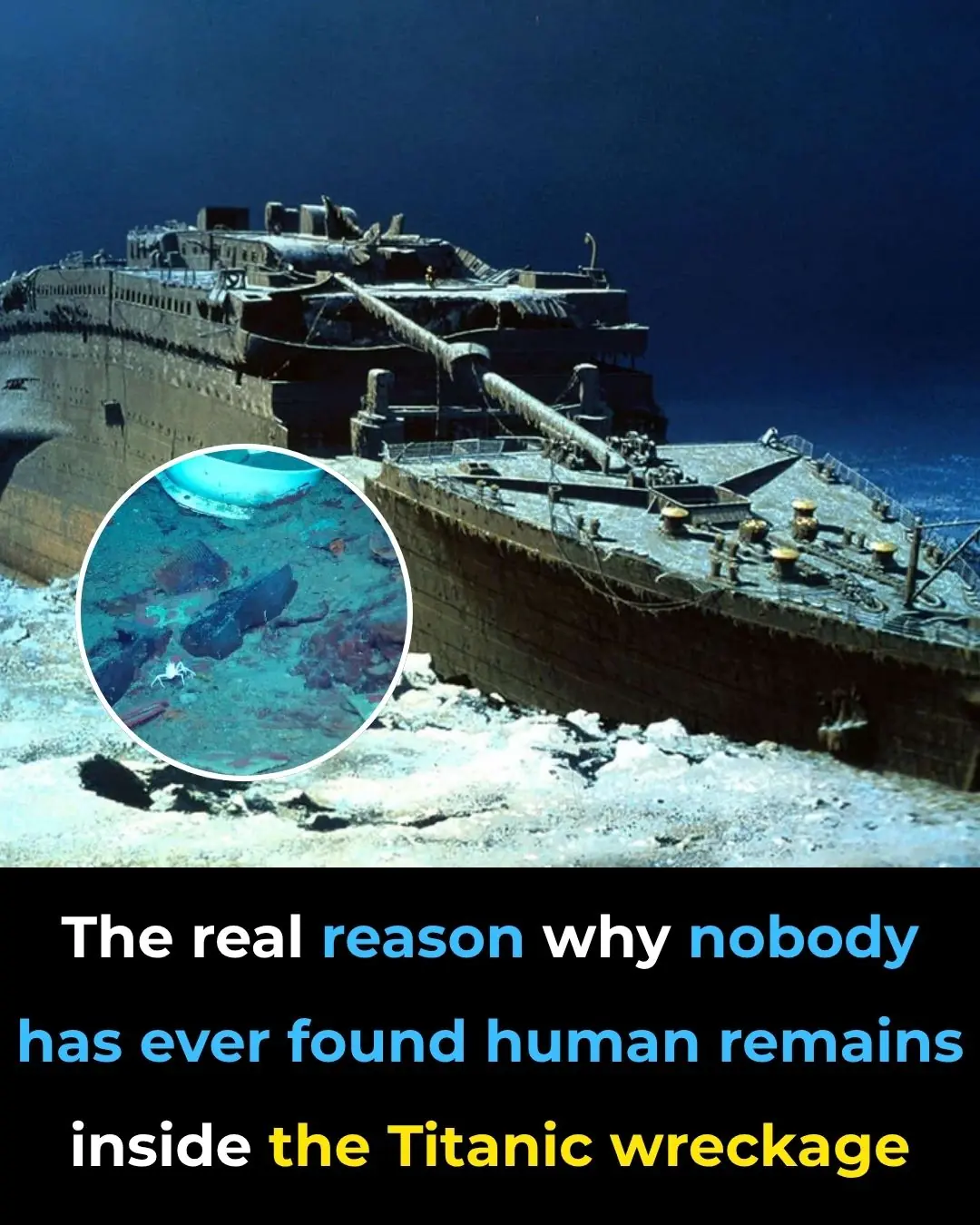
The real reason why nobody has ever found human remains inside the Titanic wreckage

1,000-year-old onion and garlic eye remedy kills MRSA

The Simpsons fans devastated as show 'kills off' one of the main characters for first time ever
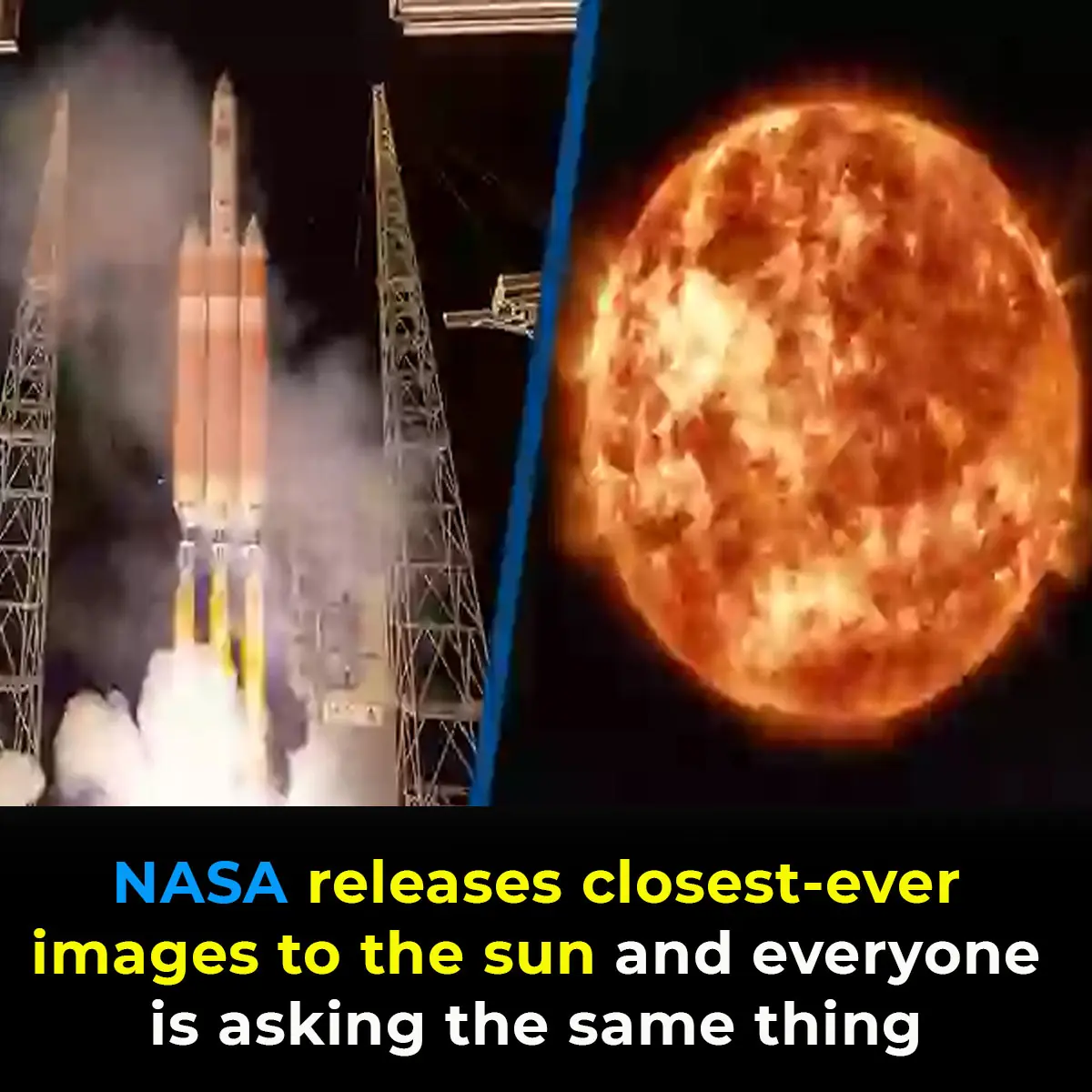
NASA releases closest-ever images to the sun and everyone is asking the same thing

Secret CIA Documents Declare That The Ark Of The Covenant Is Real, And Its Location Is Known

Scientists Warn China-Identified Bat Virus Just One Mutation Away From Sparking Global Pandemic
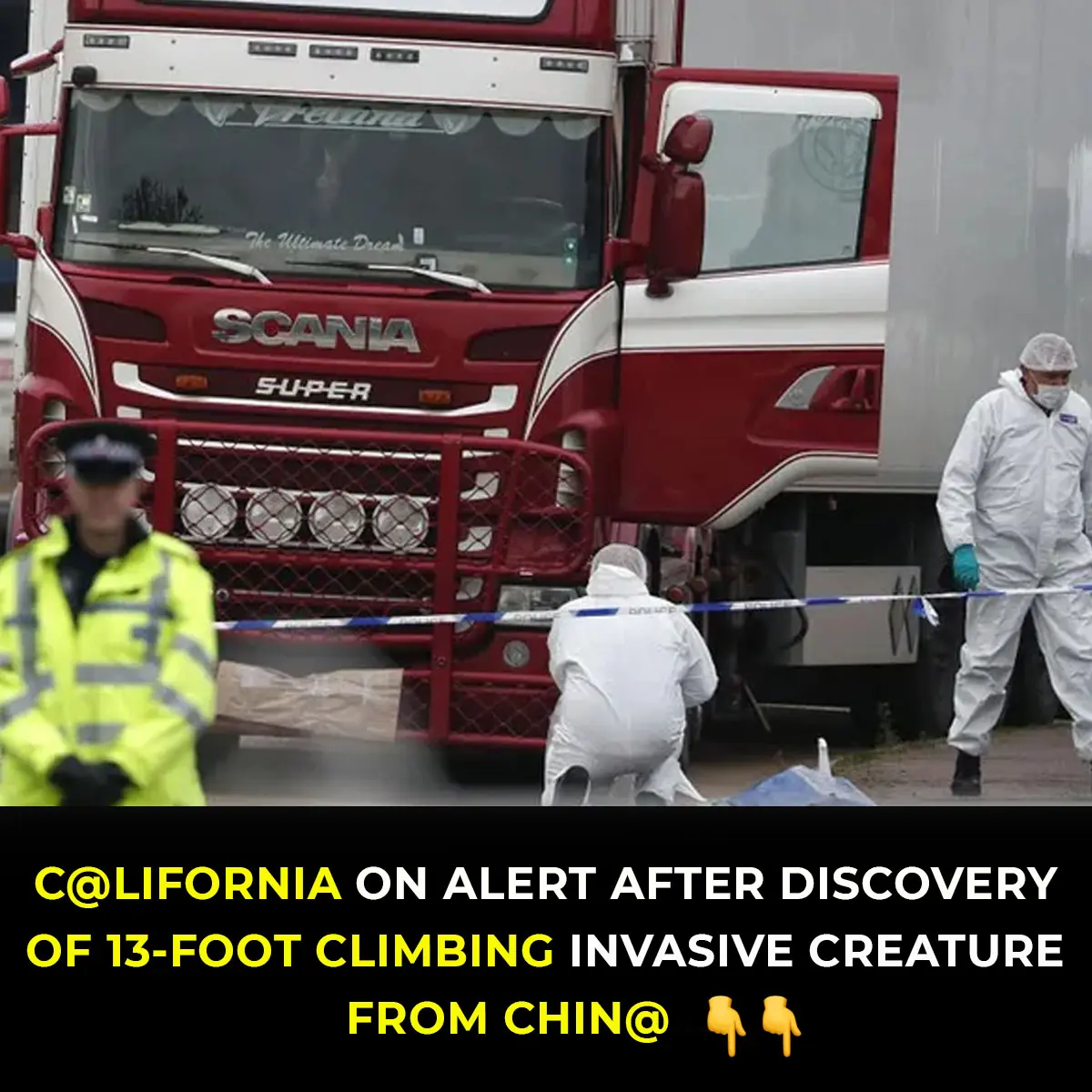
EventsCalifornia On High Alert After Invasive Crab Capable Of Scaling 13-Foot Walls Discovered
News Post

Unexplained Bruising on Your Body: Causes and Treatments

10 Simple Ways to Help Your Body Detoxify and Cleanse Itself
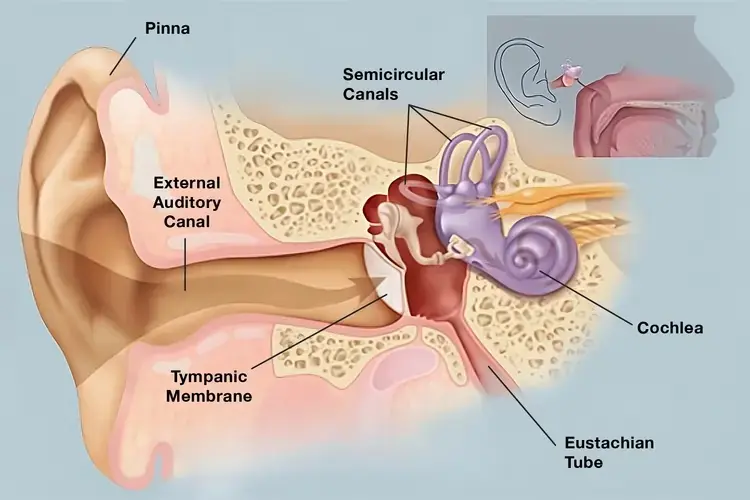
Cure Ear Infections Faster with These Effective Natural Remedies
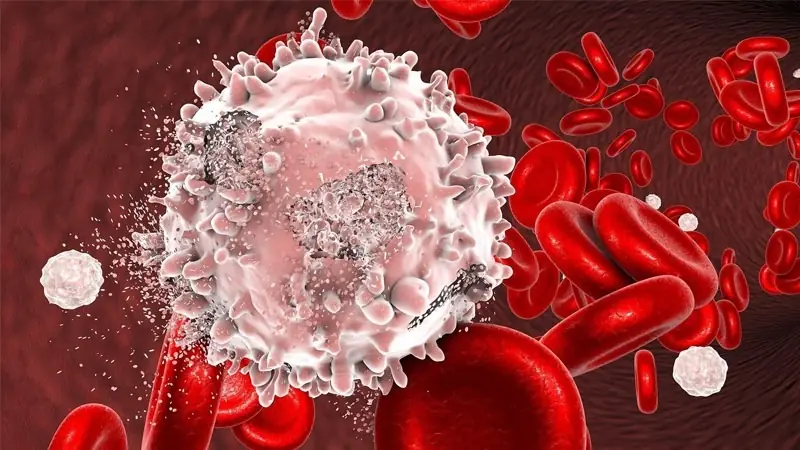
Scientists Explain How Water Fasting Can Trigger Stem Cell Regeneration, Fight Cancer, and Protect the Heart – Here’s What You Need to Know
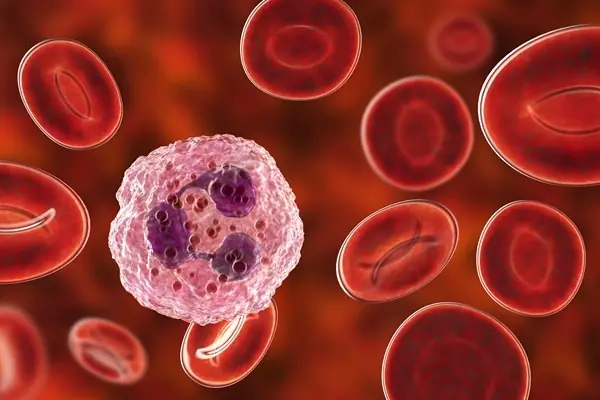
Not Many People Know the Early Warning Signs That Cancer Is Growing in Your Body
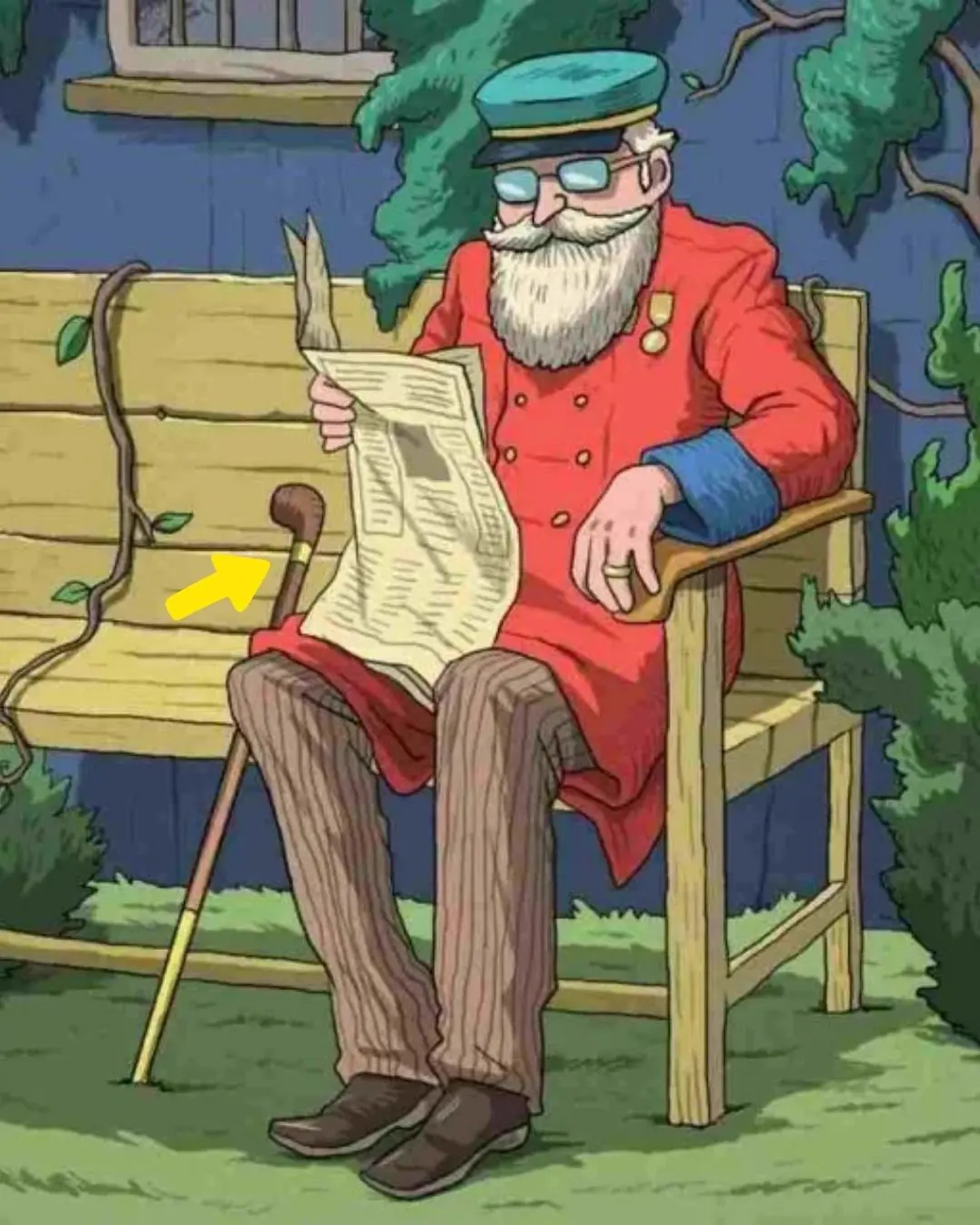
Can You Find the Hidden Pipe? Only 2% Can!

Nadya Suleman, The Supermom Who Gave Birth to Octuplets
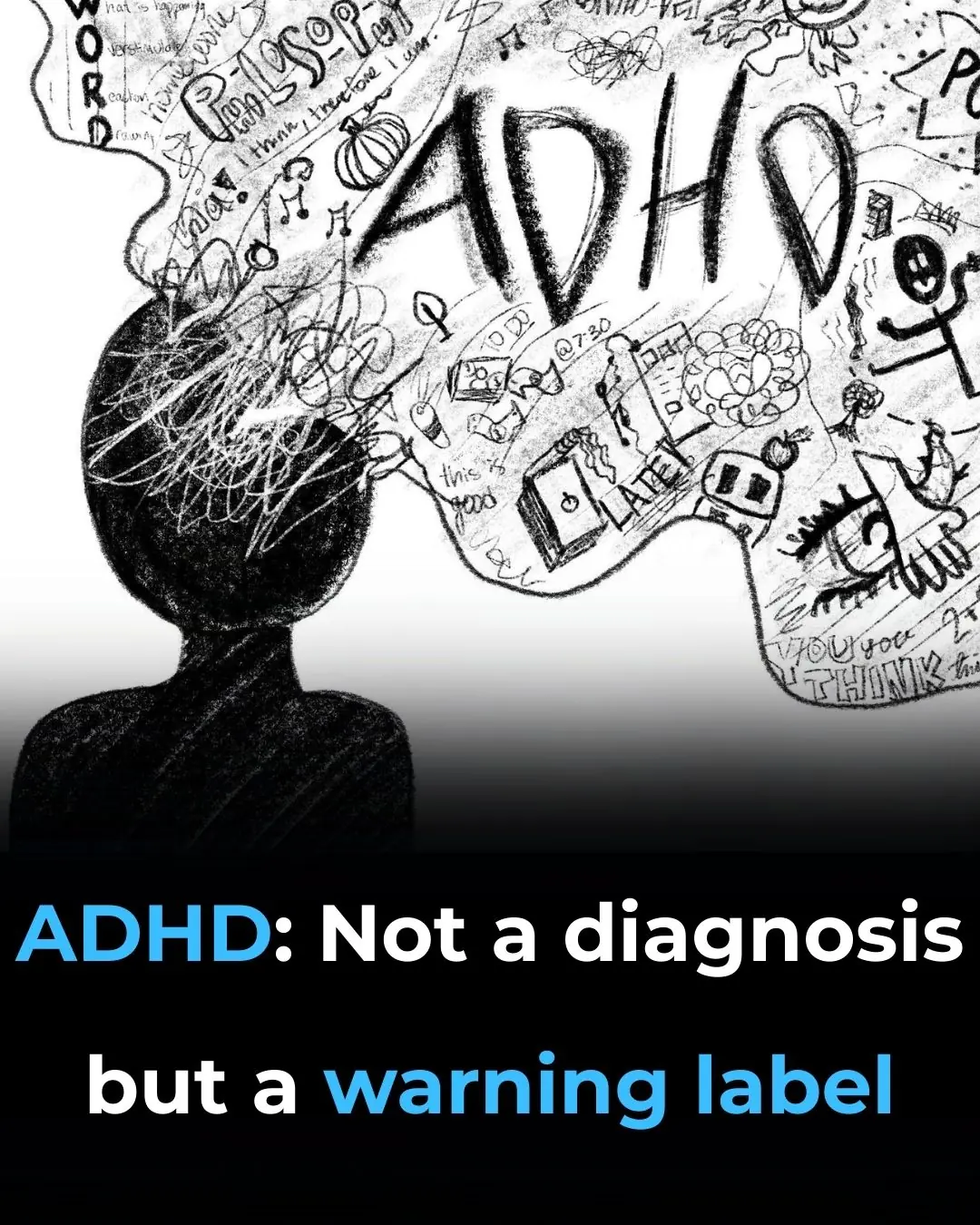
ADHD: Not a Diagnosis but a Warning Label
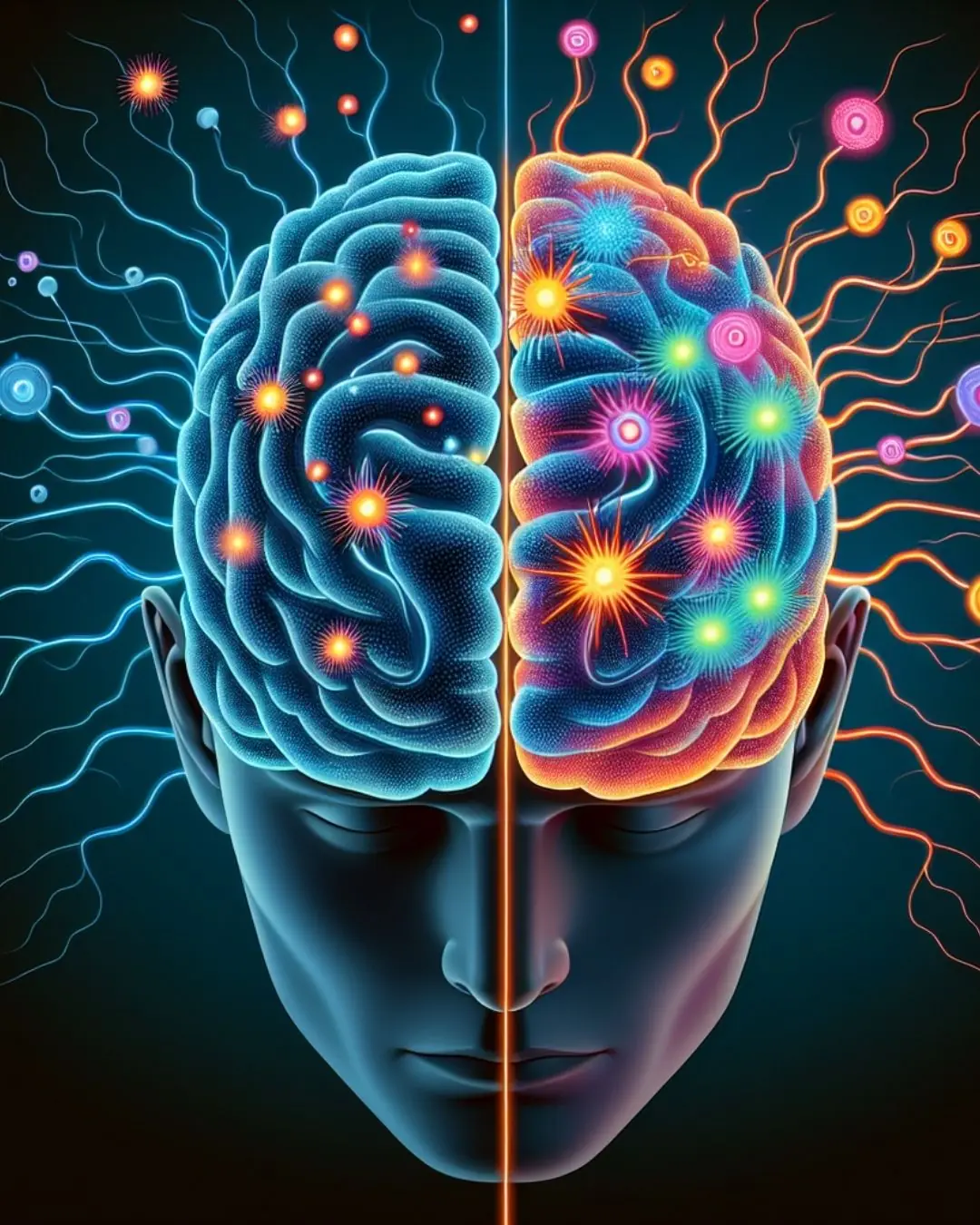
Integrating Brain Health Into the Clinic: An Assessment of Practice Patterns
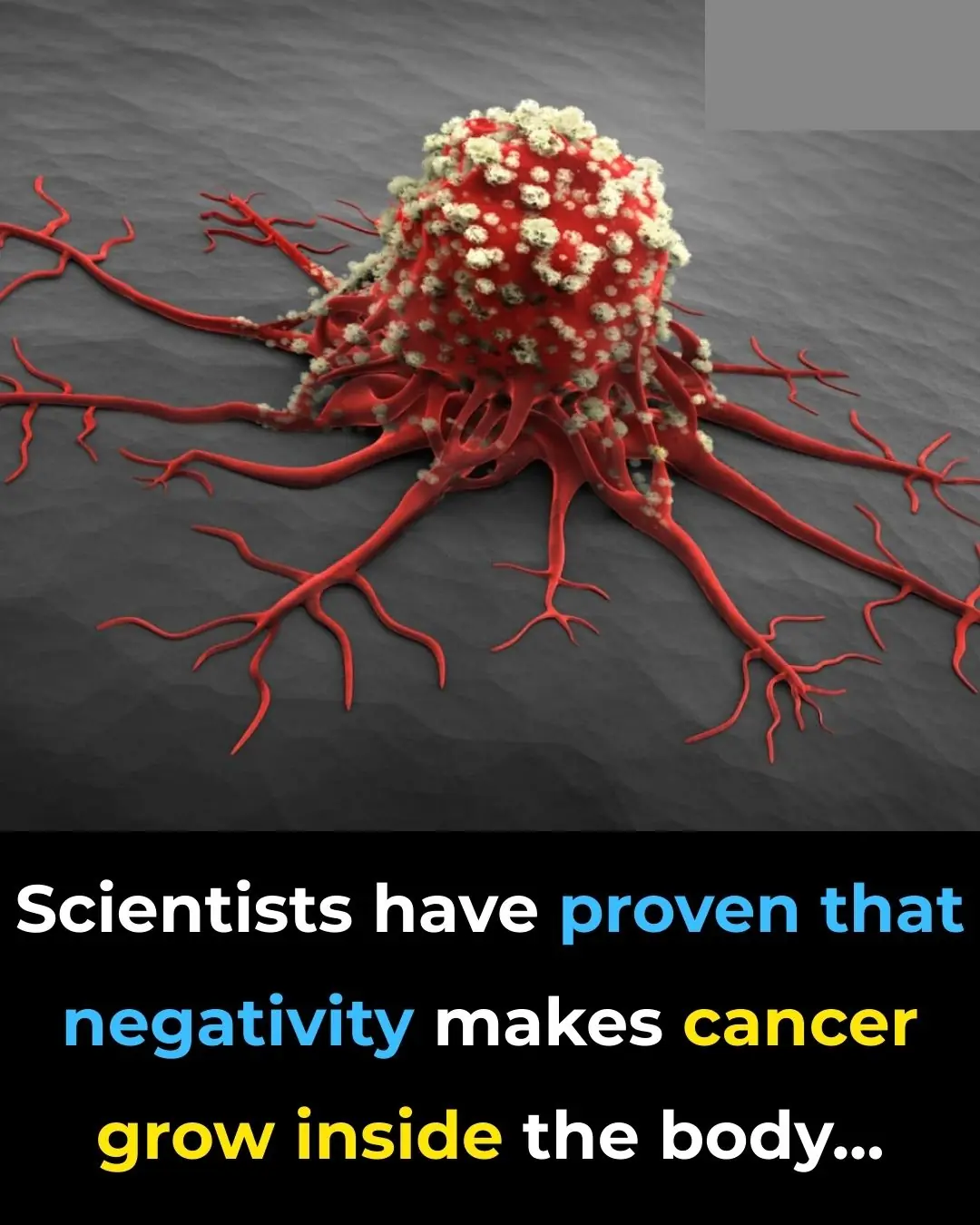
Scientists Have Proven That Negativity Makes Cancer Grow Inside The Body

17 Worst Foods for Diabetics

Fenugreek Oil for Hair Growth: Unlock Thicker, Healthier Hair Naturally

How to Naturally Dye Your Gray Hair with Onion Peels: Simple and Effective Home Remedy

Why You Should Always Sleep on the Left Side of the Bed: 8 Health Benefits Backed by Science

How to Naturally Dye Your Gray Hair with Onion Peels—No Surprises, Just Beautiful Results

How to Use Onions to Heal Cracked Heels at Home

Carrot, Beetroot, and Apple Juice: A Nutrient-Packed Blend with Potential Health Benefits

Home Remedies to Get Rid Of Ingrown Toenails (Onychocryptosis)

Molasses 101: Types, Proven Benefits, Uses and More
